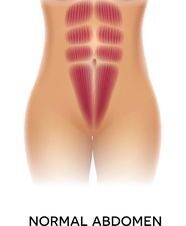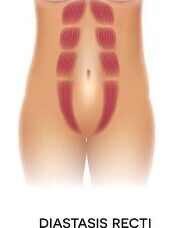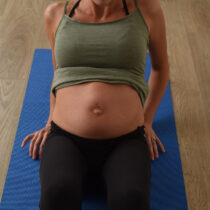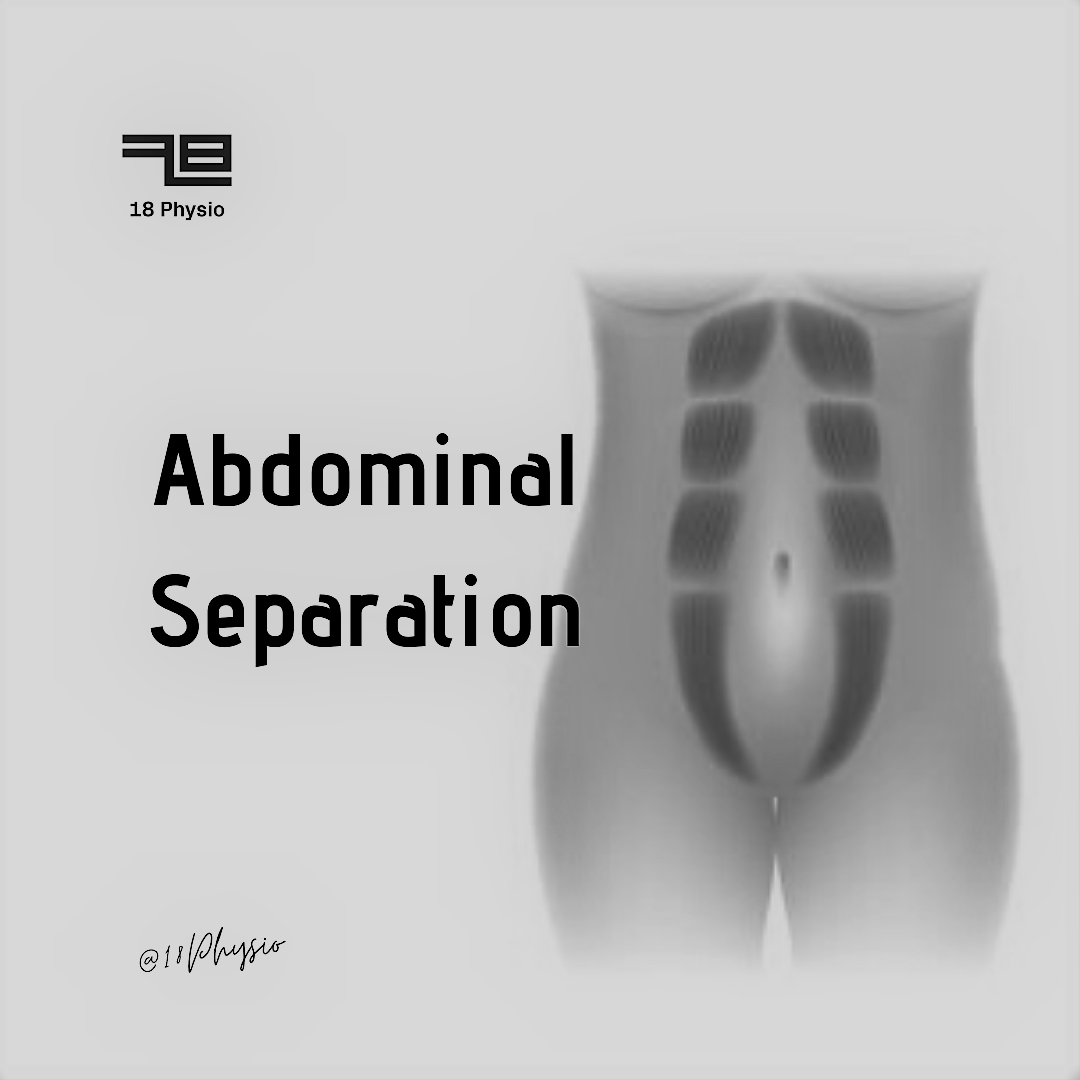Why Should You See a Physio If You Have an Abdominal Separation (Diastasis of the Rectus Abdominis Muscle)?
Diastasis of the rectus abdominus muscle (or abdominal separation) is the separation of the 6 pack muscles where they attach to the connective tissue (linea alba) at the midline.


Abdominal separation is common in pregnancy and the post-natal period. It occurs due to a combination of weight gain, hormonal factors and the expanding abdominal wall as the bub is growing.
It is so common that 60% will have a separation at 6 weeks post-natal and 66% of those also have pelvic floor symptoms (urinary leakage or prolapse) (Spitznagie et al., 2007 Sperstad et al., 2016).
What are the signs?
Most commonly, you may notice a “bulge” or “doming” of your abdomen when there is an increase in abdominal pressure. You may notice this in everyday activities such as going from lying to sitting in bed, lifting, or coughing.
Some may notice this as in indentation.

How can physio help?
Physio’s that are trained assess and treat abdominal separation will provide useful education and rehabilitation to improve your symptoms.
First, an assessment of your abdominal muscles will be performed. This may involve ultrasound or palpating (feeling) the abdominal wall to assess the severity of the separation. The assessment will not only look at the width of your separation, but also the depth and length.
Additionally, an assessment of your posture, strength, compensatory and breathing patterns, and deep core strength (pelvic floor and deep abdominal muscle) will be required for a thorough treatment plan.
Following an assessment, an individualised treatment plan will follow. This is always patient-centred and dependant on your goals.
Most commonly, however, treatment will include:
- Education on the anatomy of the abdominal and pelvic floor muscles.
- Recommendations on supportive garments, such as Tubigrip.
- Strength training of the deep abdominal and pelvic floor muscles.
- Progressions to increase the abdominal loading. Progressions are given as you can maintain increases in pressure without any compensation.
- General strength training to improve postural changes.
- Avoidance of activities that cause the abdominal “bulge”.
- Avoidance of heavy lifting. It is recommended that you do not lift anything heavier than your baby for the first 6 weeks in the post-natal period.
If, on the rare occasion, a noticeable defect is noted (e.g. hernia), a referral on to a medical professional will be required to discuss further assessment or treatment options.
I hope that helps you understand why seeing a physio for your assessment and treatment is so useful on your post-natal recovery journey. Please be in touch if you have any questions, or think you may have a separation and want this checked ?
Jess
0458789818
References:
Sperstad JB, Tennfjord MK, Hilde G, et al
Diastasis recti abdominis during pregnancy and 12 months after childbirth: prevalence, risk factors and report of lumbopelvic pain
British Journal of Sports Medicine 2016;50:1092-1096.
Spitznagle, Theresa & Leong, Fah & van Dillen, Linda. (2007). Prevalence of diastasis recti abdominis in a urogynecological patient population. International urogynecology journal and pelvic floor dysfunction. 18. 321-8. 10.1007/s00192-006-0143-5.
Image credits: google.com

